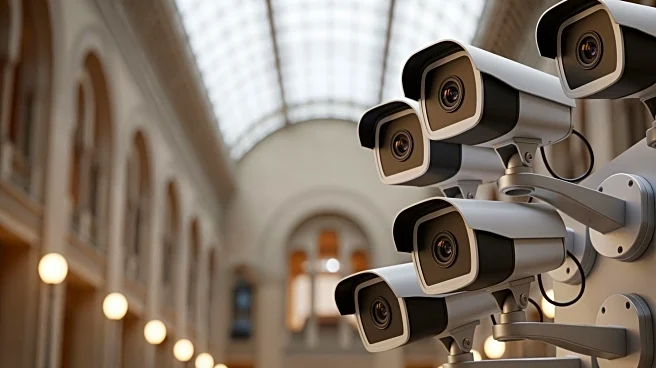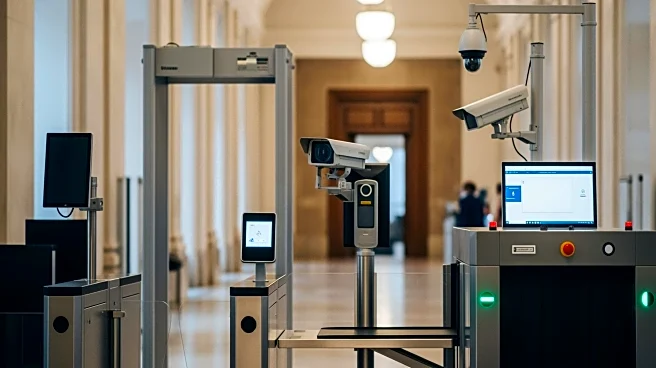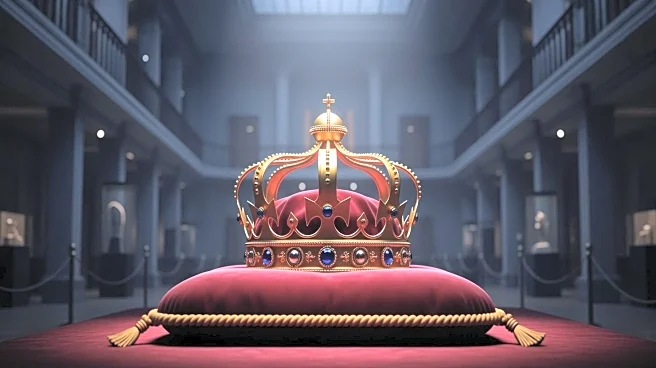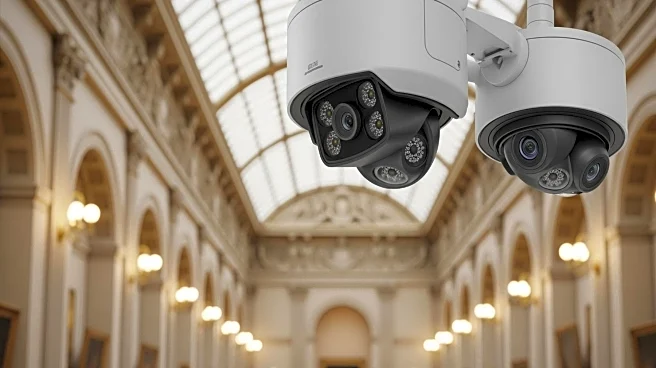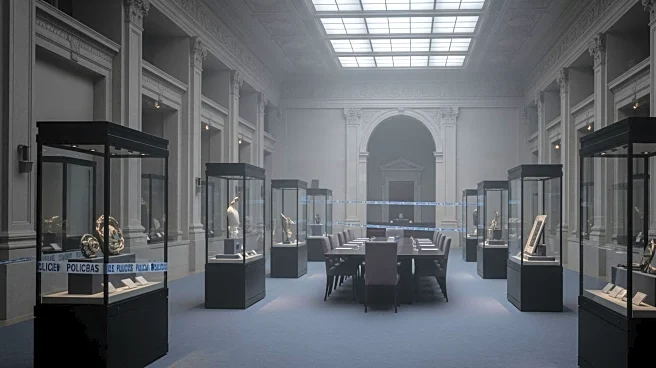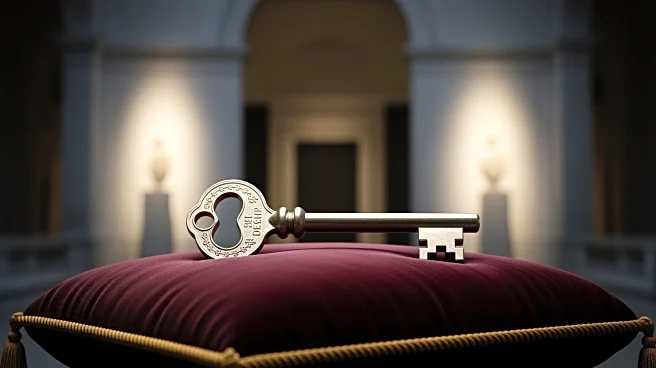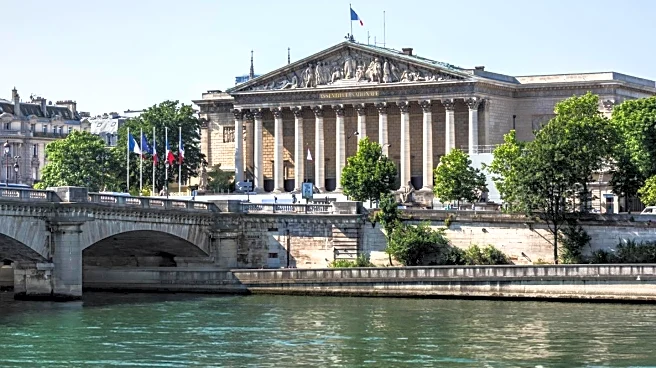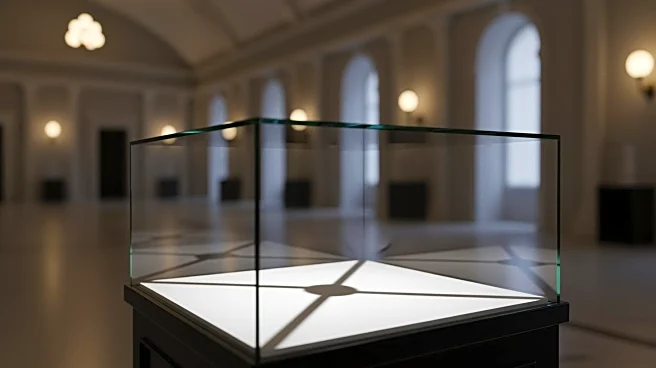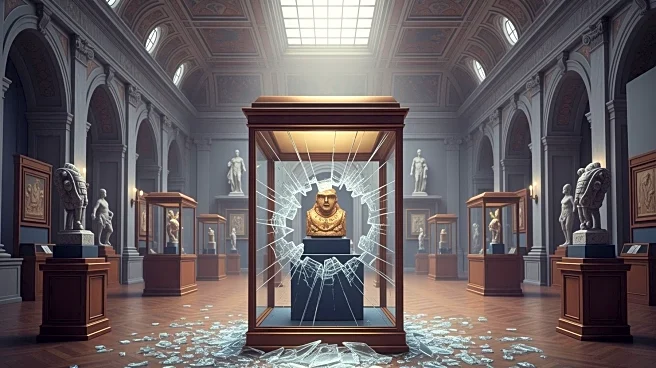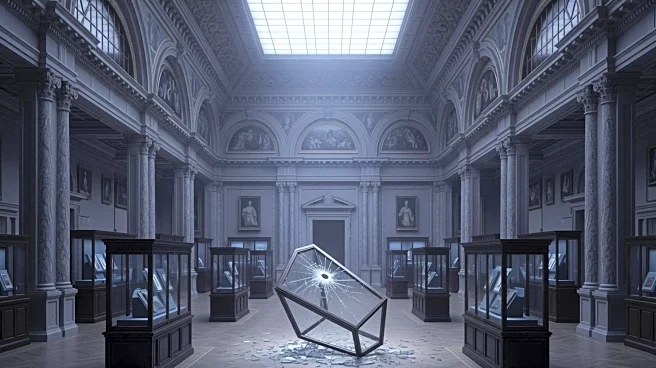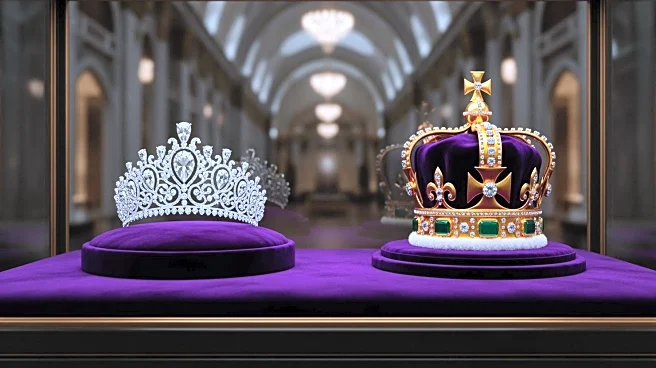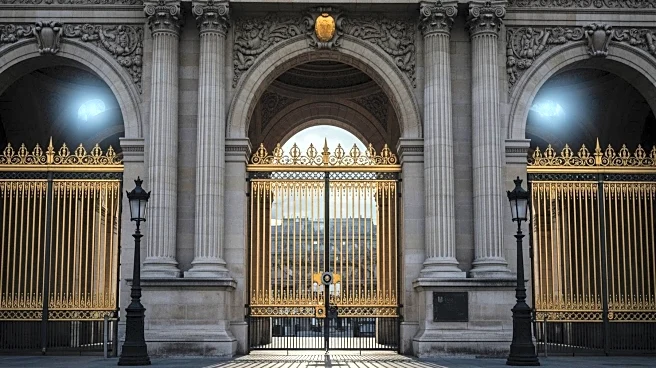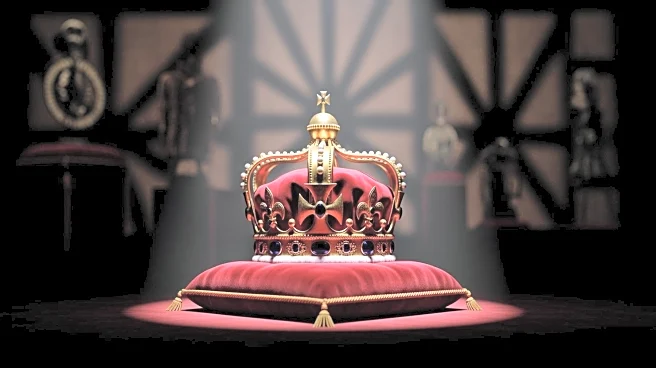What's Happening?
The Louvre Museum in Paris was the site of a brazen robbery where thieves stole thousands of diamonds and other precious jewels. The heist, which occurred in broad daylight, involved the use of a mechanized furniture elevator to access the museum. The thieves,
who concealed their identities, threatened security guards and fled on motorbikes. French President Emmanuel Macron has stated that the investigation is being led by Paris prosecutors, with a commitment to recovering the stolen items and apprehending the culprits.
Why It's Important?
This incident has sparked a debate over the adequacy of security measures at major cultural institutions. The theft of such valuable and historically significant items represents a cultural loss and poses a challenge to the preservation of national heritage. The ease with which the thieves executed the heist raises questions about the effectiveness of current security protocols and may lead to increased pressure on museums to enhance their protective measures.
What's Next?
The Louvre Museum remains closed as investigations continue. French authorities are under pressure to quickly resolve the case and prevent further damage to the country's cultural reputation. The incident may lead to a reevaluation of security strategies at museums globally, with potential implications for how cultural artifacts are protected.
Beyond the Headlines
The heist highlights the ongoing tension between public access to cultural heritage and the need for security. It may prompt a broader discussion on how museums can balance these priorities while safeguarding their collections. The incident also serves as a reminder of the lucrative black market for stolen artifacts, which poses a persistent threat to cultural institutions.
